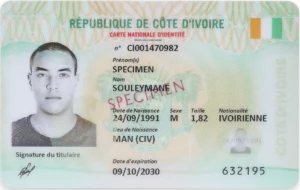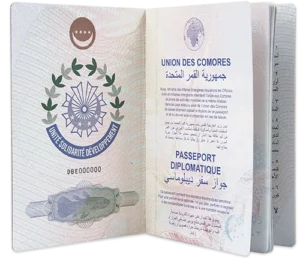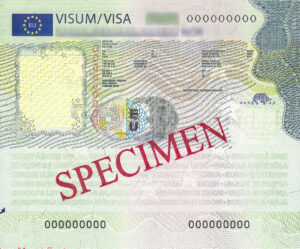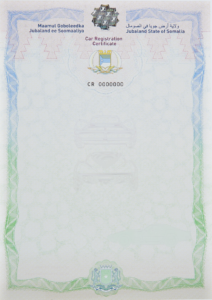Our products
Semlex offers a wide range of products and services of the highest quality that meet all international quality and safety standards.

Biometric cards
Semlex offers a wide range of biometric cards.


Passports
Semlex offers passports that comply with the recommendations of ICAO document n°9303.


Visas
Semlex offers visas that comply with the recommendations of ICAO document n°9303 part.2.


Deeds certificates & diplomas
Semlex produces civil deeds, diplomas and certificates (digital or on paper).


Civil registry system
Semlex suggests a digital and secured Civil Registry system.


Biometric identification
Semlex has developed a digital identity portal.


Track & Trace
Semlex suggests a track and trace system that allows the tracking of goods.





